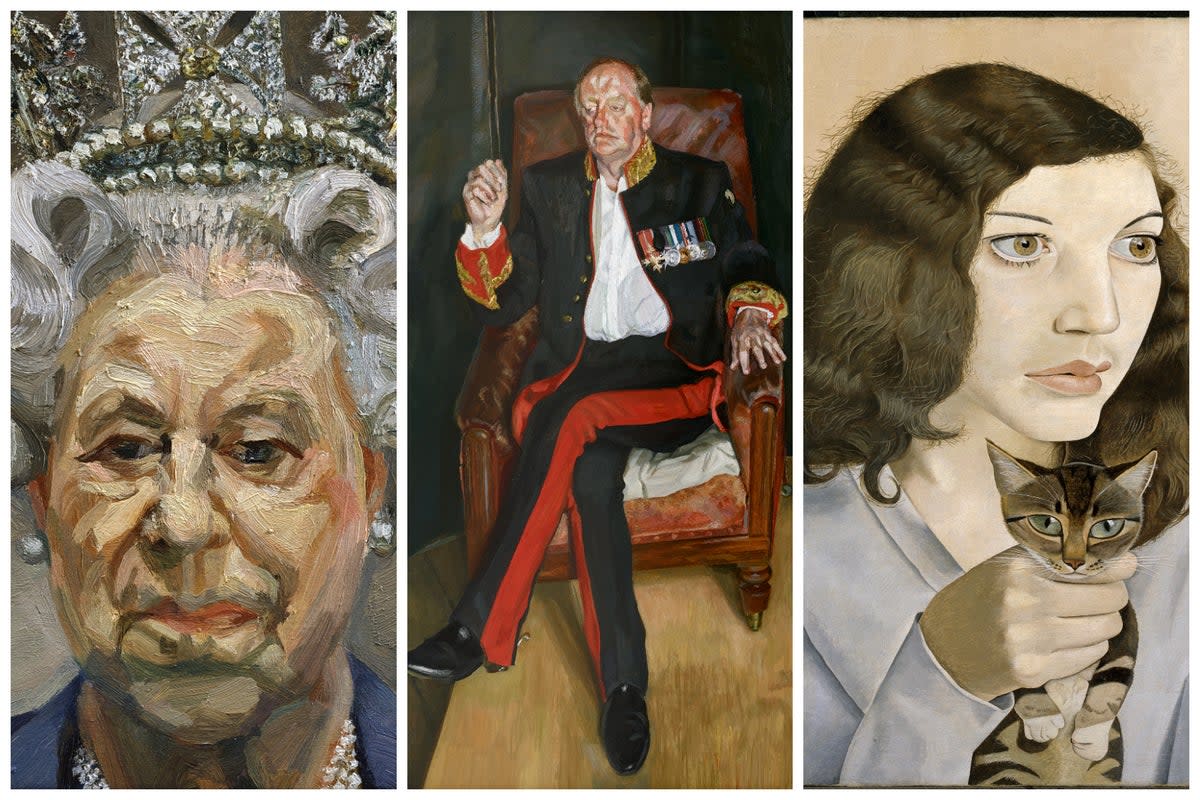Pay what you can afford to see Lucian Freud’s controversial picture of the Queen

The National Gallery is launching its first “pay what you can afford” scheme for its landmark new show in response to the cost of living crisis.
It means practically anyone who wants to see the upcoming Lucian Freud exhibition — complete with his controversial portrait of Queen Elizabeth II — will be able to afford to.
Visitors on Friday evenings between 5.30pm and 9pm can book tickets in advance for a minimum payment of £1.
Standard admission for the exhibition, which brings together 65 works from collections across the world, is from £24 on weekdays and from £26 at the weekend.
Gallery director Dr Gabriele Finaldi said: “The cost of an exhibition ticket can sometimes make it difficult to visit.
“While most of our temporary exhibitions are free, the pay what you wish scheme will enable practically anyone who wants to see the Freud centenary show to do so.”
The exhibition — the first major show of Freud’s work in 10 years — brings together his most important works from a career that spanned seven
decades. It includes paintings dating back to the Forties, such as Girl with Roses, through to late works such as The Brigadier, a portrait of Andrew Parker Bowles which dates from 2003-04.
However, the most eye-catching exhibit will be his painting of Queen Elizabeth II which sparked a mixed reaction when it was unveiled in 2001.
Some critics hailed it as the finest royal portrait for 150 years. Others thought it made her look like a rugby prop forward or one of her corgis.
The Queen did a series of sittings in a studio in St James’s Palace, with Freud delivering the portrait to her in person.
Her Majesty’s reaction to her portrait is not known, although according to author William Feaver, she told him: “Very nice of you to do this. I’ve very much enjoyed watching you mix your colours.”
Freud, who died in 2011 at the age of 88, had a close association with the National Gallery and was a regular visitor throughout his life.
The new exhibition spans a lifetime of work, showing how Freud’s painting changed during 70 years of practice from his early and intimate works to his large-scale canvases and monumental naked portraits.
When the show was announced, curator Daniel F Herrmann said it would examine why Freud’s paintings remained relevant. “He was one of the most important figurative painters in the world and he continues to inspire artists today,” he added.
The Credit Suisse Exhibition – Lucian Freud: New Perspectives runs from October 1 to January 22


